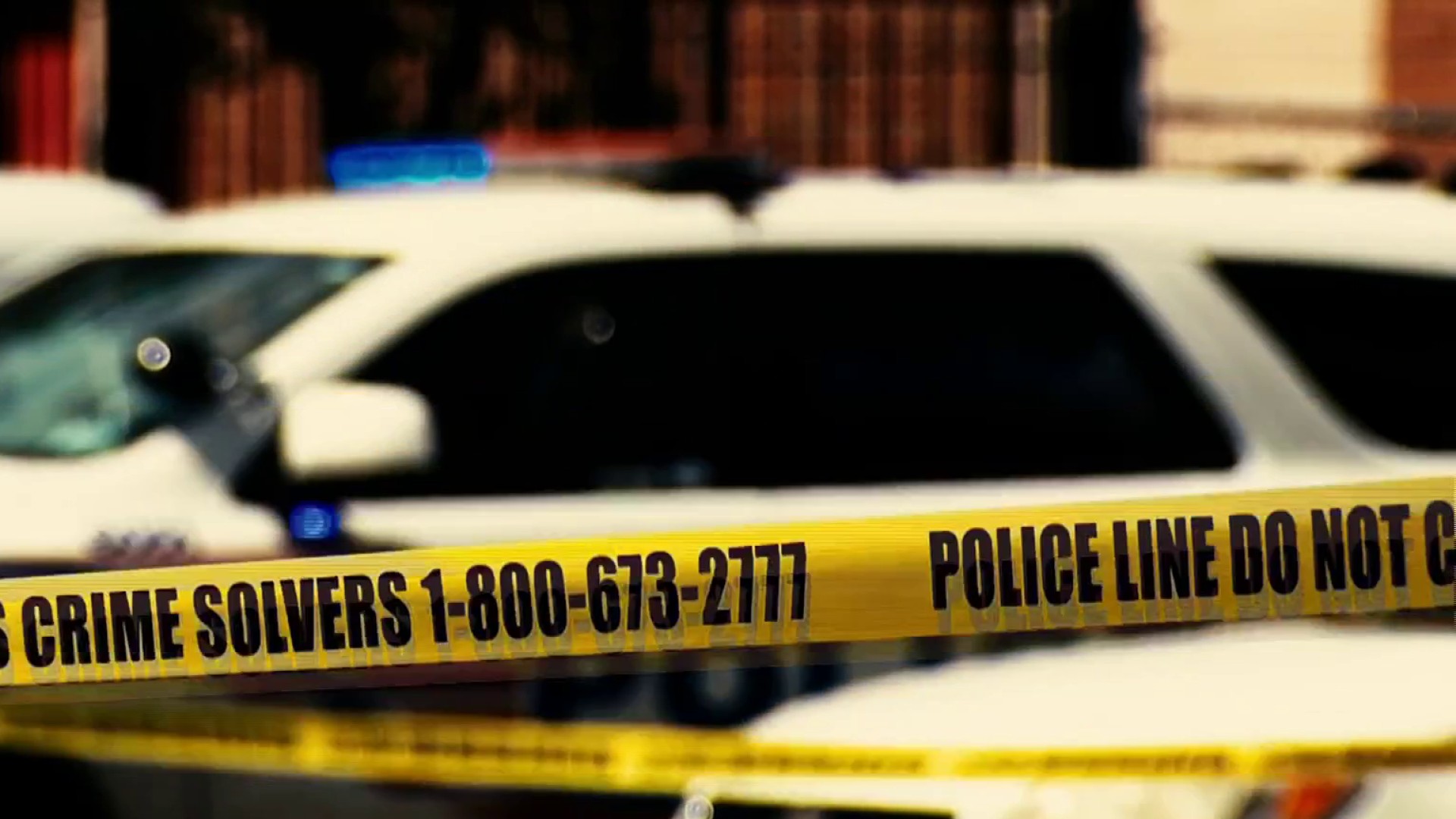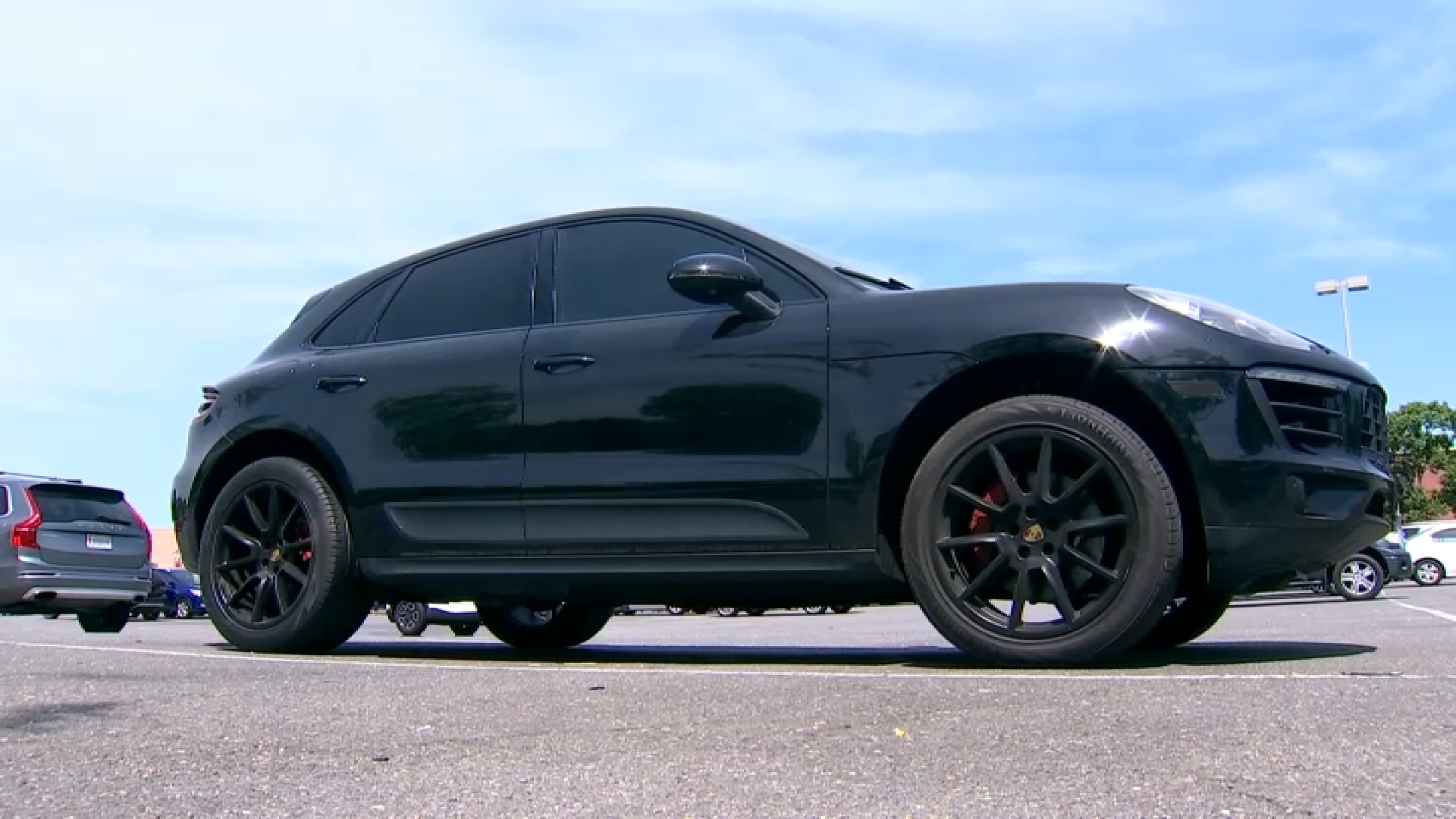Most people buckle up in the front seat, which is the law, and according to the Insurance Institute for Highway Safety, adults have gotten the message that it’s safer for kids to ride in the back seat properly restrained, but when it comes to their own safety, there is a common misperception that buckling up is optional.
A survey by the IIHS found only about 70% of people say they buckle up in the back seat.
Ryan’s Story
"I used to go to every fatal crash scene for close to 20 years,” retired Montgomery County Police Officer Tom Didone said.
We're making it easier for you to find stories that matter with our new newsletter — The 4Front. Sign up here and get news that is important for you to your inbox.
He was a seasoned crash scene investigator. For most of his career, he would talk to students and parents about the importance of buckling up. His teenage son Ryan would often go with him.
“He was the most educated child on traffic safety. He and my daughter could basically know what I was going to say,” said Didone. “So, these children always wore a seat belt or a safety seat, and it was second nature. There was never reminding them. It was just the way it was.”
But on Oct. 20, 2008, a call came in about a bad car crash near Hawkins Creamery Road in Damascus. Didone responded to the crash just like any other. But within minutes of arriving on the scene, he said it became clear this was no ordinary accident. That’s because one of the passengers was his 15-year-old son, Ryan.
Investigations
Investigations by the News4 I-Team
“Nobody thinks it's going to happen to them until it does happen to them,” said Didone.
Ryan was one of five teens in the car. They had just left a Young Life Christian meeting and were heading to a Burger King two miles away. Didone said the driver lost control and veered off the road, hitting a tree. Ryan and the two passengers in the back seat were not wearing seat belts.
"When I saw the doctor come out of the elevator and I saw the way he walked, I knew exactly because I've seen it 20 and 30 times before. I knew the outcome before the doctor even got to us,” said Didone.
Ryan sustained severe head trauma and died at the hospital. The two back seat passengers were also injured but survived.
“The one thing that could have made a difference is if everybody wore their seat belt, everybody would have walked away from that crash,” said Didone.
Implemented Law Could Have Saved Lives
The News4 I-Team found Congress actually passed a law in 2012 requiring some sort of warning system for rear seat belts in vehicles by 2015. Seven years later, it hasn’t happened.
Safety advocates even sued the U.S. Department of Transportation in 2017 to force them to take action on the standard that would require automakers to include the reminders.
Some vehicles do provide alerts that show which passengers in the back seat aren’t buckled, but not all.
"The technology has been there for years and years, and we're all used to it in the front seat, so it's not like something new needs to be invented. This is available, it's affordable and it's the law,” said Janette Fennell with kidsandcars.org.
Fennell says lives would have been saved in the past seven years if this law would have been implemented.
“We only go by the data and that's showing a thousand or more lives are lost every year from not being buckled up in the back seat,” said Fennell.
According to the Insurance Institute for Highway Safety (IIHS), unbelted riders in the back put everyone in the car at risk, including the driver.
"People who are unbuckled in the back seat are eight times as likely to be seriously injured in a crash than those who are buckled,” said Jessica Jermakian with the IIHS.
The IIHS says it’s not that the back seat has gotten less safe over time, but there have been dramatic improvements in the front seat.
“What has happened over time is with all of the consumer information crash test programs, we've made dramatic improvements in the front seat. Improvements to the restraint systems in the back seat really hasn't had that kind of program that encourages that kind of technology. And so by comparison, in modern vehicles, the back seat looks in many ways less safe than the front,” said Jermakian.
Moving Forward
There may finally be some traction to implement that rear seat belt warning system mandate. U.S. Transportation Secretary Pete Buttigieg is a new dad and recently pledged a commitment to improving road safety.
"So many of these regulations and policies they jump off the page when you realize they’re about keeping your children safe,” said Buttigieg.
However, he wouldn’t comment on a timeline for the new warning system.
President and CEO John Bozzella of the Auto Innovators, the association that represents most American automakers, says, “Automakers are developing the next generation of vehicle safety technologies and introducing innovations to both help mitigate crashes and protect occupants in the event of a crash. We are continuing to engage with the administration and all stakeholders on our shared priority of a safer transportation future and look forward to reviewing items related to this important issue and rulemaking.”
The National Highway Traffic and Safety Administration told the I-Team it’s hoping to have proposed rules as soon as this year. But the IIHS isn’t waiting and plans to start calling out automakers this March by including whether they have rear seat belt warnings in its rating.
"It is frustrating, and we think it's a very important technology, but that's why we're moving forward with our ratings program,” said Jermakian.
Making a Difference
Didone hopes Ryan’s story makes a difference for those students and parents he speaks to about buckling up.
"The question that I always end on is after hearing this story, ‘What are you going to do differently today than you did yesterday to make sure that this couldn't happen to you?’ And if you can do that and keep that in the forefront, then you'll be fine, and I've accomplished my goal,” said Didone.
The IIHS did a study on why people don’t buckle up in the back seat, including in rideshares. The most common answer: “I don’t know.”
Reported by Susan Hogan; produced by Rick Yarborough; shot by Steve Jones, Lance Ing, Carlos Olazagasti and Derek Debowski; and edited by Steve Jones.



